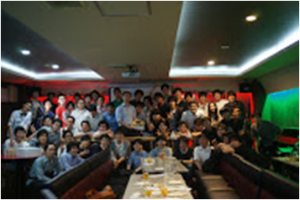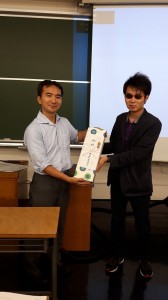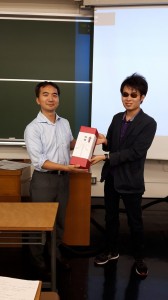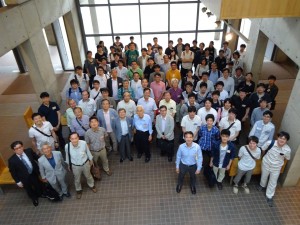KEI ITO, HIRONORI WASHIZAKI, JOSEPH W.YODER, YOSHIAKI FUKAZAWA, “A Pattern Language for Handovers,” 23rd Conference on Pattern Languages of Programs (PLoP 2016), Monticello, Illinois, USA, OCTOBER 24-26, 2016. (to appear)(CORE Rank B)
In 2007 issues with handovers became apparent in Japan, when many people from the Baby Boomer Generation retired simultaneously. Most business people are familiar with the concept of a handover. Although effective handovers are crucial for seamless business operations during personnel changes, the preferable elements for a handover are ambiguous and not well researched. This motivated us to examine this topic. We held a workshop on handovers to assess actual problems due to undesirable handovers. The results were used to elucidate three handover anti-patterns, which identify concrete problems of handovers. To mitigate the problems, we found a pattern language for handovers by analyzing three anti-patterns. Herein, we outline a pattern language for handovers.




